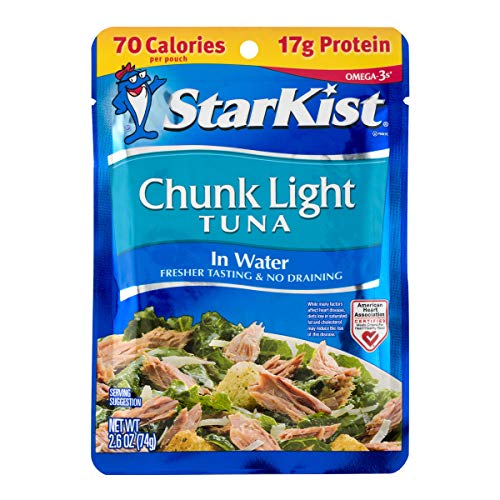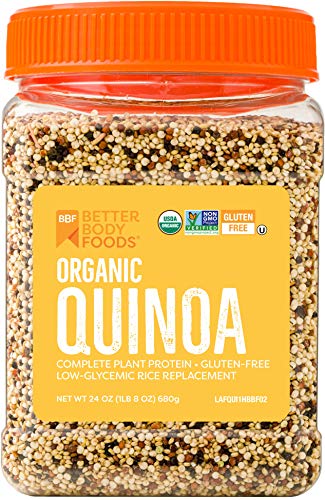The Link Between Protein and Muscle Mass Preservation in Old Age
There is no escaping it: we lose muscle mass with old age. I vividly remember a stark example when I first learned this in my undergraduate studies. I was shocked to hear of a study in which cadavers of young accident victims were found to have about 50% more muscle cells in their quadriceps than those who had died of old age.
The loss of muscle mass that occurs with aging is termed sarcopenia, a Latin word that translates into “wasting of the flesh.” Sarcopenia is a major threat to quality of life and mortality. Low muscle mass is associated with many risks, including a higher risk of falls. Preserving muscle mass is a prime strategy to achieve health and functional ability in your golden years.
Protein Intake and Muscle
Muscle cells contain a lot of protein and are our bodies’ major reserve for amino acids (the building blocks of protein). Maintaining muscle mass is one of the significant reasons we require protein in our diets. The USDA recommends a daily intake of 0.8g of protein per kilogram of body mass.
For people 65 years or older, the recommendation increases to >1.0g/kg.
Why? A reduced ability to absorb dietary protein is one of the many challenges of aging. There are several identifiable reasons for this, including alterations in the gut microbiome. A higher protein intake can compensate for the reduced ability to absorb ingested protein.
The advantages of higher dietary protein intake in older adults are well-documented. Higher dietary protein is associated with more muscle mass and higher muscle quality. When combined with strength training, protein intakes of 1.2g/kg correlate to improved muscle mass.
Finding the Right Balance
Getting adequate dietary protein in old age can present some challenges. Meat is a source of high-quality protein but may challenge older adults' ability to chew and absorb. Further, high levels of meat consumption are associated with high levels of saturated fat intake and low levels of fiber, both of which are undesirable for overall health.
While lower in quality than meat, plant-based proteins promise to optimize health benefits while obtaining adequate protein. Additionally, breaking daily protein intake into several portions of 20-30g at a time is helpful to increase absorption.
Lastly, we must emphasize that high-protein diets are not for everyone. Specifically, individuals with compromised kidney function must consume a lower protein diet to reduce the strain on their kidneys. Individuals with kidney disease should consult with a dietitian to maximize the health of their diets.
- Ewy, M. W., Patel, A., Abdelmagid, M. G., Mohamed Elfadil, O., Bonnes, S. L., Salonen, B. R., Hurt, R. T., & Mundi, M. S. (2022). Plant-Based Diet: Is It as Good as an Animal-Based Diet When It Comes to Protein?. Current nutrition reports, 11(2), 337–346.
- Franzke, B., Neubauer, O., Cameron-Smith, D., & Wagner, K. H. (2018). Dietary Protein, Muscle and Physical Function in the Very Old. Nutrients, 10(7), 935.
- Lexell, J., Taylor, C. C., & Sjöström, M. (1988). What is the cause of the ageing atrophy? Total number, size and proportion of different fiber types studied in whole vastus lateralis muscle from 15- to 83-year-old men. Journal of the neurological sciences, 84(2-3), 275–294.
- Ni Lochlainn, M., Bowyer, R. C. E., & Steves, C. J. (2018). Dietary Protein and Muscle in Aging People: The Potential Role of the Gut Microbiome. Nutrients, 10(7), 929.
- Paddon-Jones, D., & Rasmussen, B. B. (2009). Dietary protein recommendations and the prevention of sarcopenia. Current opinion in clinical nutrition and metabolic care, 12(1), 86–90.
- Putra, C., Konow, N., Gage, M., York, C. G., & Mangano, K. M. (2021). Protein Source and Muscle Health in Older Adults: A Literature Review. Nutrients, 13(3), 743.
- Rodrigues, F., Domingos, C., Monteiro, D., & Morouço, P. (2022). A Review on Aging, Sarcopenia, Falls, and Resistance Training in Community-Dwelling Older Adults. International journal of environmental research and public health, 19(2), 874.





















Comments
Join The Conversation...